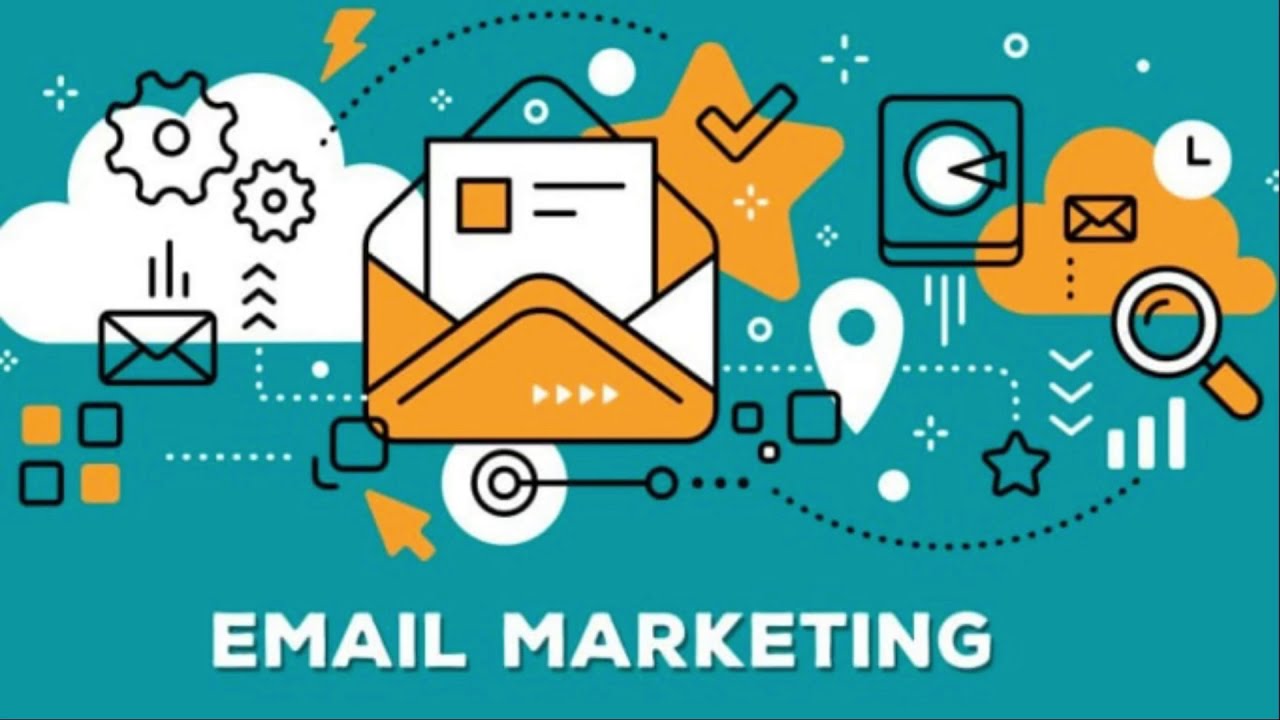Automated email campaigns are a powerful tool for e-commerce businesses looking to engage customers, boost sales, and enhance customer loyalty. By sending targeted messages at the right time, you can effectively nurture leads and turn them into repeat buyers. Here’s a step-by-step guide to setting up automated email campaigns for your e-commerce site.

1. Choose the Right Email Marketing Platform
Selecting an email marketing platform that suits your e-commerce needs is crucial. Look for features like automation capabilities, segmentation options, and integration with your e-commerce platform.
Popular Options:
- Mailchimp
- Klaviyo
- Sendinblue
- ActiveCampaign
2. Define Your Campaign Goals
Before setting up your automated campaigns, clarify your goals. Whether it’s increasing sales, boosting customer engagement, or reducing cart abandonment, having clear objectives will guide your strategy.
Common Goals:
- Drive sales from abandoned carts
- Welcome new subscribers
- Re-engage inactive customers
- Promote special offers or new products
3. Segment Your Audience
Segmentation allows you to tailor your messages based on customer behavior, demographics, and preferences. By targeting specific groups, you can send more relevant content that resonates with recipients.
Segmentation Ideas:
- New subscribers
- Past purchasers
- Cart abandoners
- Inactive customers
- Customers interested in specific products
4. Create Compelling Email Content
Craft engaging email content that aligns with your campaign goals. Your emails should be visually appealing, concise, and include clear calls to action (CTAs).
Content Tips:
- Subject Line: Use attention-grabbing subject lines that encourage opens.
- Personalization: Include the recipient’s name and tailor content based on their preferences.
- Visuals: Incorporate high-quality images of your products.
- CTAs: Use strong, clear CTAs to guide recipients on what to do next (e.g., “Shop Now,” “Complete Your Purchase”).
5. Set Up Automated Workflows
Most email marketing platforms offer automation features that allow you to create workflows for different scenarios. Here are some essential automated workflows for e-commerce:
Key Automated Workflows:
- Welcome Series: Send a series of welcome emails to new subscribers, introducing your brand and highlighting popular products.
- Abandoned Cart Emails: Trigger emails to customers who have left items in their carts, reminding them to complete their purchase.
- Post-Purchase Follow-Up: Send a thank-you email after a purchase, along with recommendations for related products or a request for a review.
- Re-engagement Campaigns: Target inactive customers with personalized offers to encourage them to return.
6. Test and Optimize Your Emails
Before launching your campaigns, conduct A/B tests to identify the most effective strategies. Test different subject lines, content, visuals, and CTAs to determine what resonates best with your audience.
Testing Strategies:
- A/B Testing: Experiment with two versions of an email to see which performs better.
- Analyze Metrics: Track open rates, click-through rates (CTR), conversion rates, and unsubscribe rates to measure campaign success.
7. Monitor Performance and Adjust Strategies
After launching your automated email campaigns, continuously monitor their performance. Use the analytics provided by your email marketing platform to identify trends and areas for improvement.
Metrics to Track:
- Open rates
- Click-through rates
- Conversion rates
- Revenue generated from campaigns
- Unsubscribe rates
8. Maintain Your Email List
Regularly clean your email list to remove inactive subscribers and ensure that you’re targeting engaged customers. A healthy email list leads to higher engagement rates and better deliverability.
List Maintenance Tips:
- Remove bounced emails
- Segment out inactive subscribers for re-engagement campaigns
- Encourage subscribers to update their preferences or opt-out if necessary
Conclusion
Setting up automated email campaigns for your e-commerce site can significantly enhance your marketing efforts, driving sales and fostering customer loyalty. By choosing the right platform, defining clear goals, segmenting your audience, and creating compelling content, you can effectively engage your customers at every stage of their journey. Regular monitoring and optimization will ensure your campaigns continue to deliver results, making automated email marketing an invaluable asset for your e-commerce business.


No responses yet